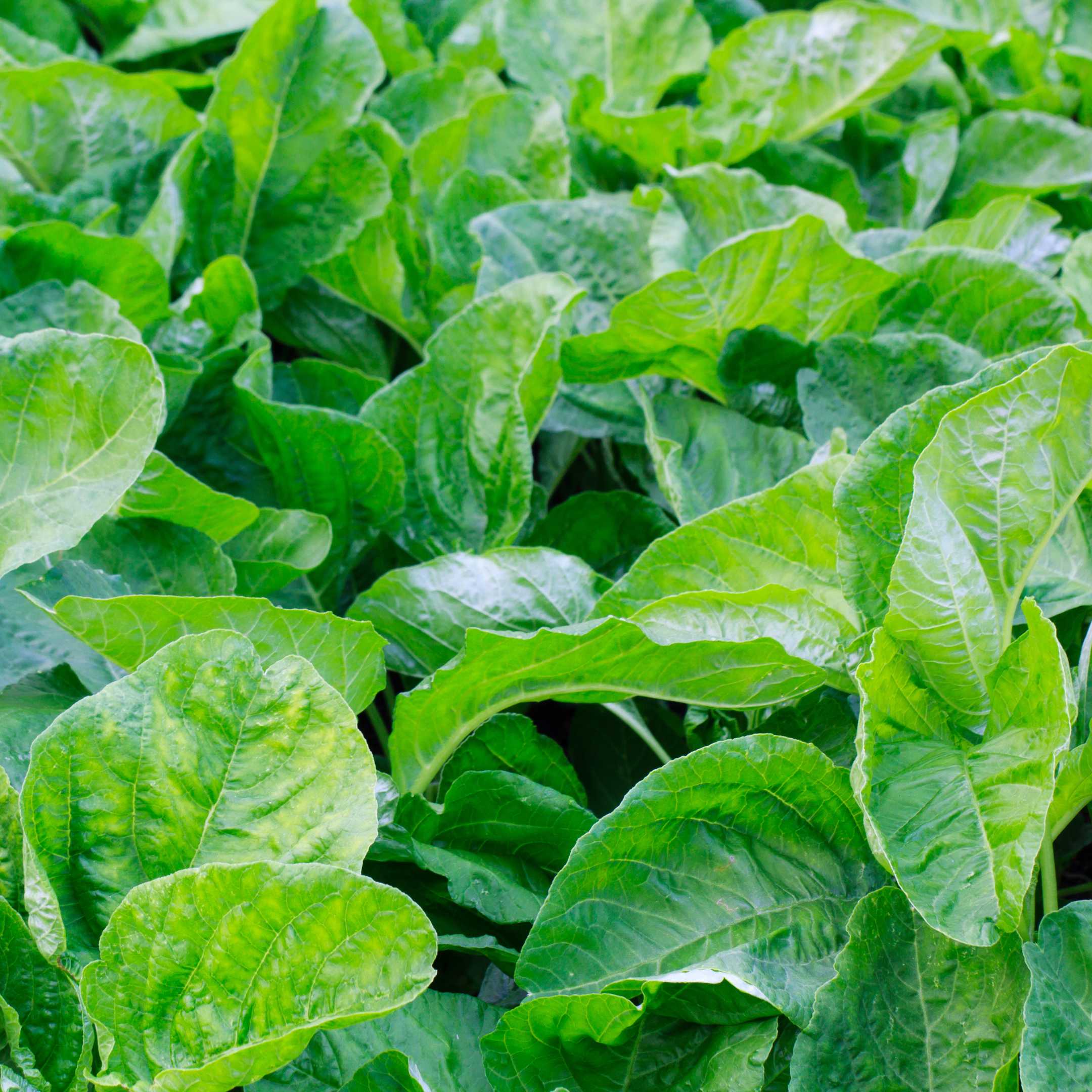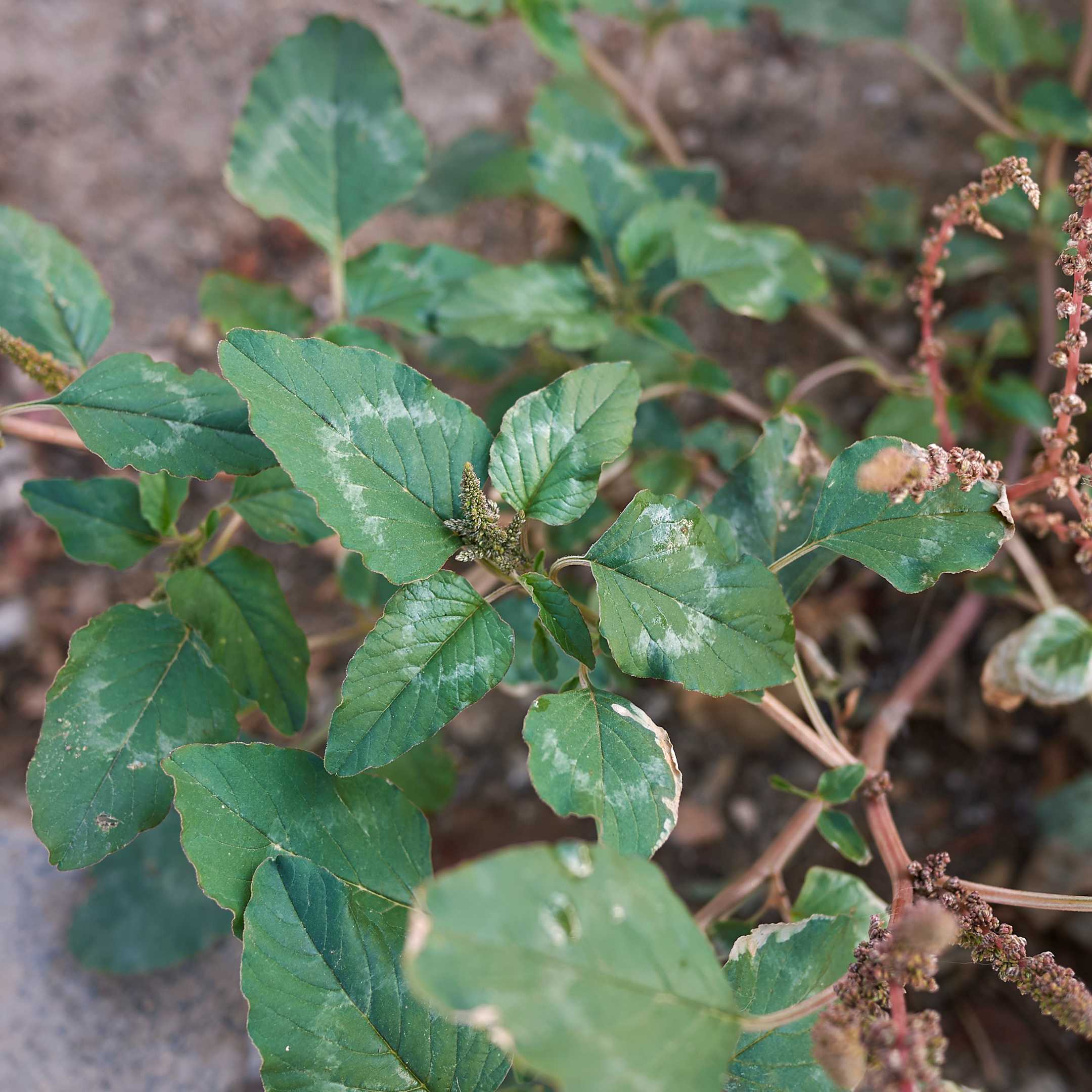Foraging Gozo. Sea Beet.
Sea Beet is found growing wild on Gozo and is a great alternative to chard.
Author of, Weeds For Health On Gozo, Heléna Szöllősy shares everything you need to know about the wild plants that make up Gozo’s unique and diverse flora. Enjoy learning about the healing benefits and many usages of Green Pigweed which grows on Gozo from May to December.


Botanical Name: Amaranthus viridis - L. Synonyms: Amaranthus gracilis Family Name: Amaranthaceae Maltese Name: Denb id-dib aħdar Common Names: African spinach, Calalu, Green amaranth, Green pigweed, Kolitis, Rough pigweed, Slender amaranth, Wild amaranth Meaning of the Name: Amaranthus from Greek amarantos αμαραντοϛ, ’unfading,’ a never fading flower, referring to the long-lasting flowers, viridis, green.
Green Pigweed is an annual that flowers from May to December on Gozo.

Want to learn what else you can forage on Gozo? Click here.
Author : Heléna Szöllősy. Editor: GITH

Helena is an expert on the medicinal properties of plants having trained in Herbal Medicine and Naturopathy, specialising in Phytotherapy including Homeopathy, Aromatherapy, Apitherapy and Bach Flower Therapy.
Information on the traditional uses and properties of herbs is provided in this book for educational purposes only and is not intended as medical advice. This information is not intended to be used to diagnose, prescribe or replace professional medical care. If you have any serious health concerns, you should always check with your healthcare practitioner before self-administering herbs. Please also undertake your own research when foraging. Some wild plants are endangered and are protected by law.
Sea Beet is found growing wild on Gozo and is a great alternative to chard.
Did you know Wild Asparagus Is really good for your skin? You can find it on Gozo all year round.
Wild Artichokes Are found growing wild on Gozo and super healthy for the liver.
Small White Clover, found growing wild on Gozo and known to be lucky makes a great pudding!